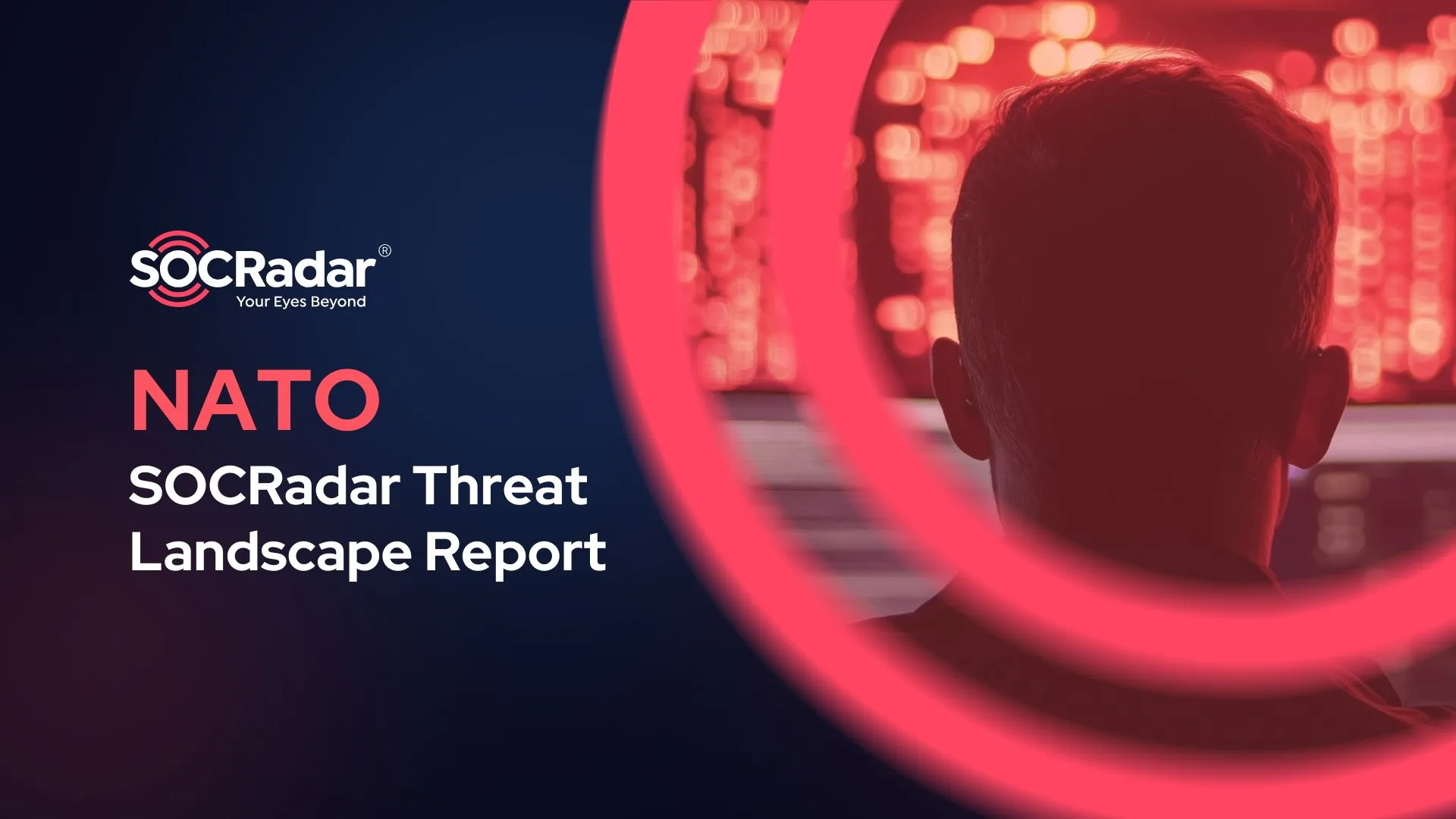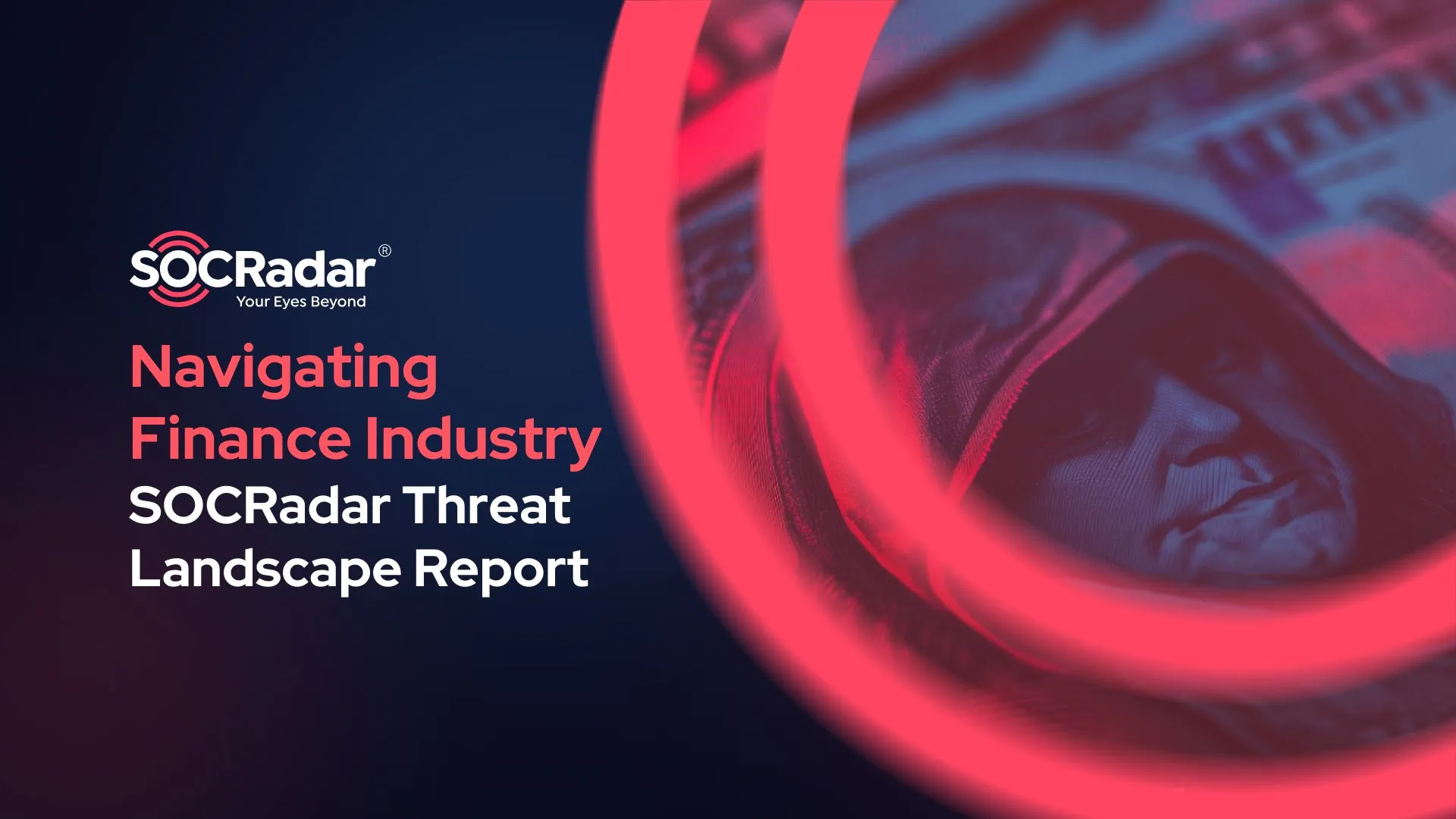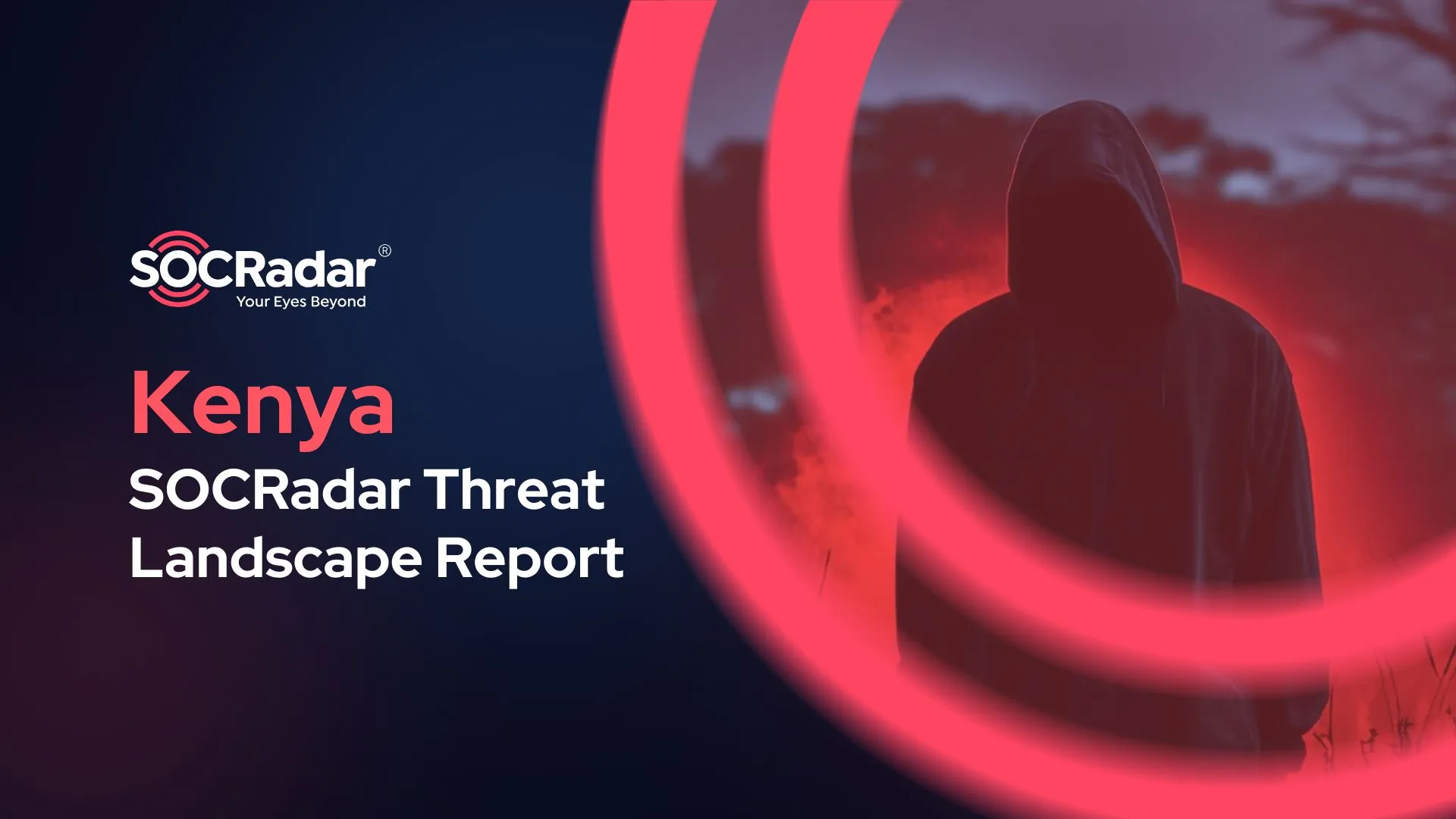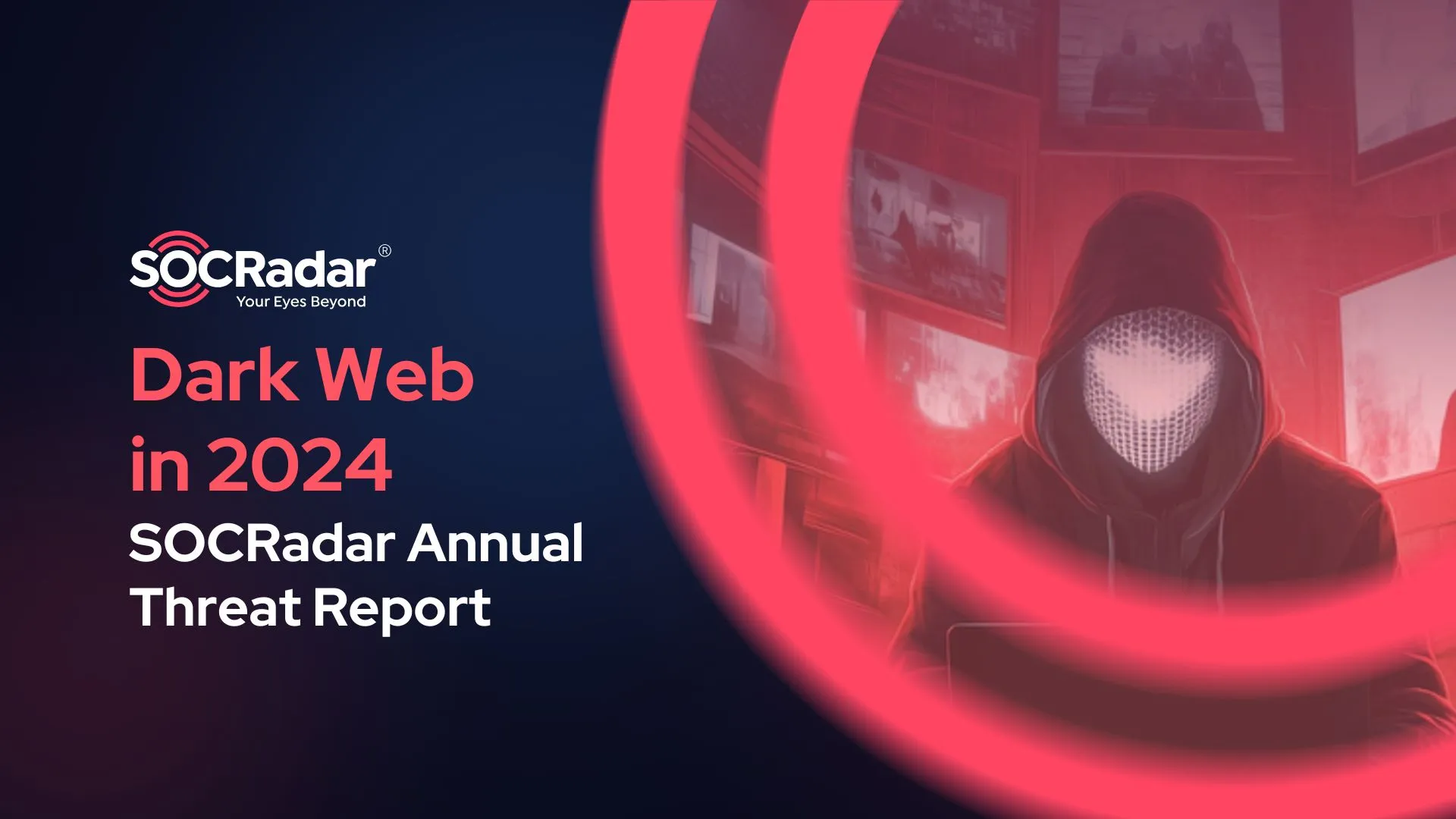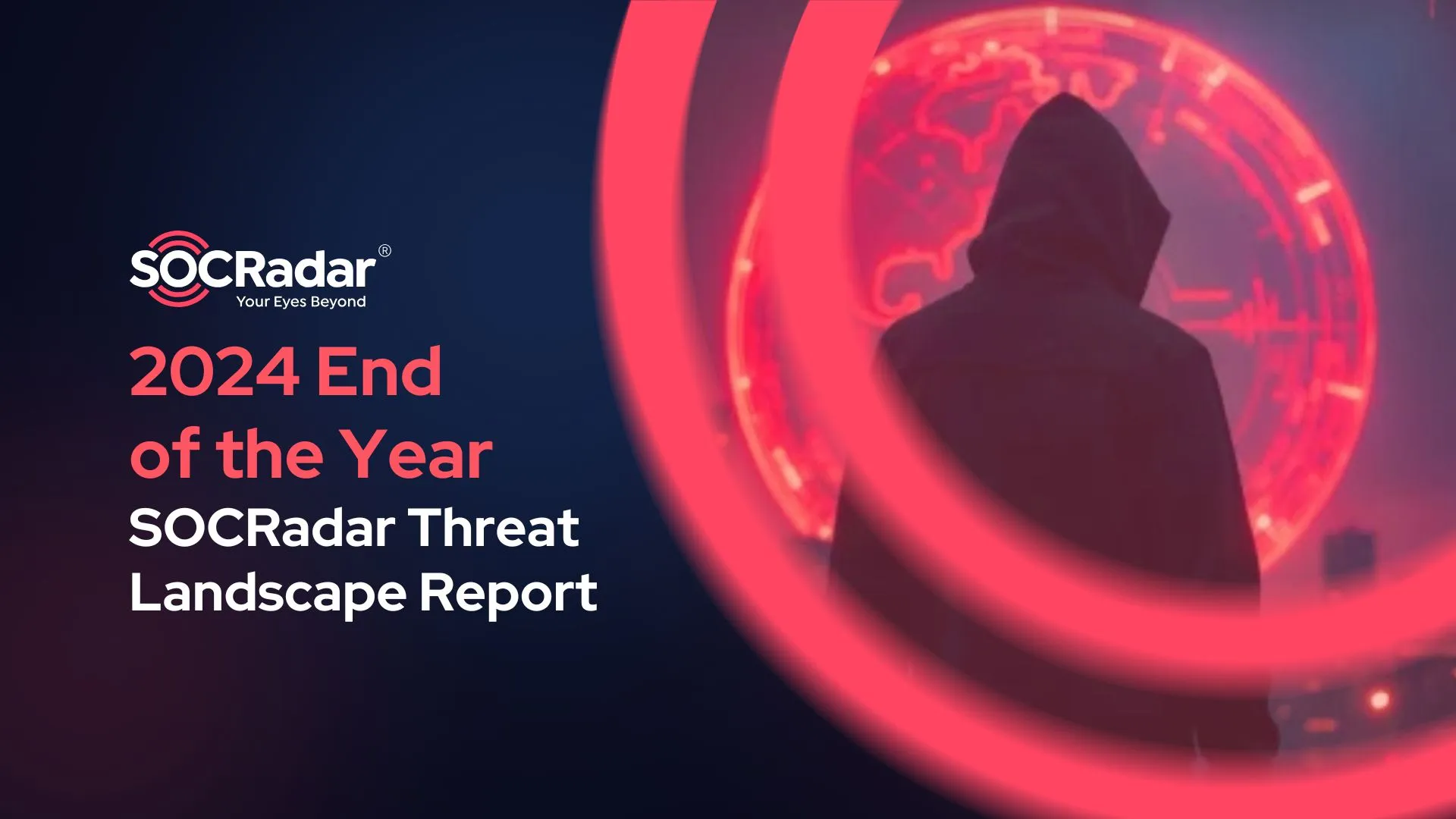
The Persistent Threat of Ransomware: A 2023 Overview
As we enter another year, the persistent threat of ransomware remains a critical concern for businesses and governments worldwide. SOCRadar’s comprehensive 2023 End-of-Year Report sheds light on this evolving threat landscape, offering vital insights for cybersecurity professionals.
Rising Tide of Ransomware Incidents
The report documents an alarming total of 4,082 ransomware-related posts, with an average of 371.1 posts per month – a clear indicator of the growing prevalence of ransomware. This uptick necessitates a proactive and informed response from organizations and cybersecurity professionals.
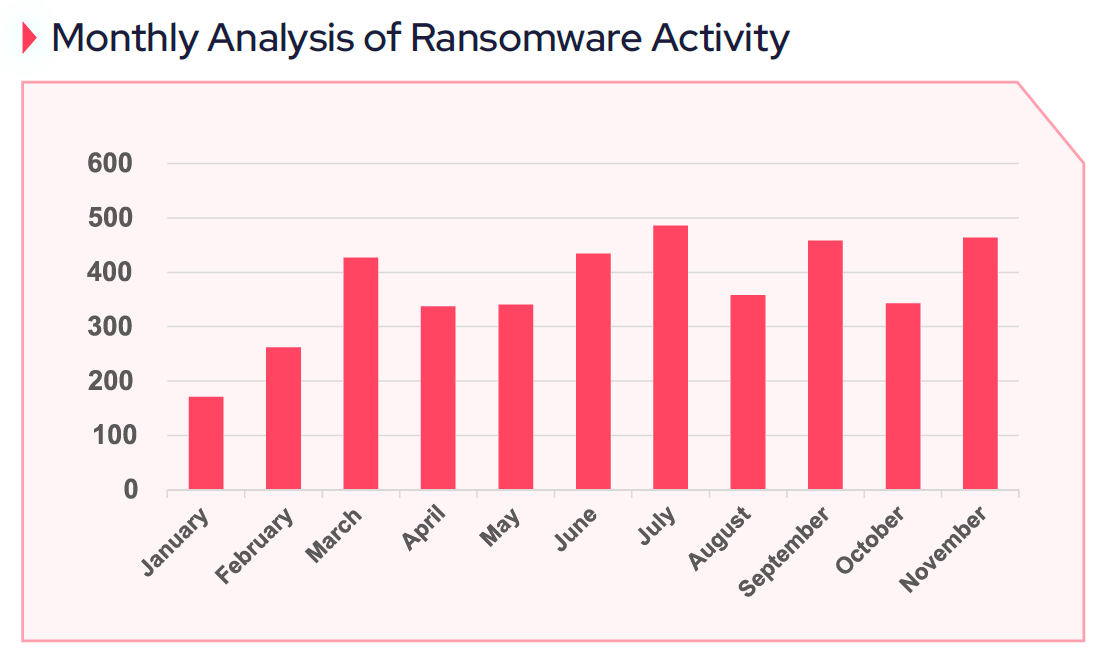
Monthly distribution of ransomware-related posts published on the SOCRadar Platform throughout the first eleven months of 2023.
The activities of prominent ransomware groups like LockBit 3.0, Cl0p, and AlphVM Blackcat dominated the landscape. Their sophisticated tactics disrupted operations and signified a more advanced and dangerous era of cyber threats.
Geographical and Industrial Trends in Ransomware
The report paints a picture of a global threat landscape, with the United States leading in mentions, followed by the United Kingdom and Germany. These geographical trends highlight the need for international collaboration in cybersecurity efforts.
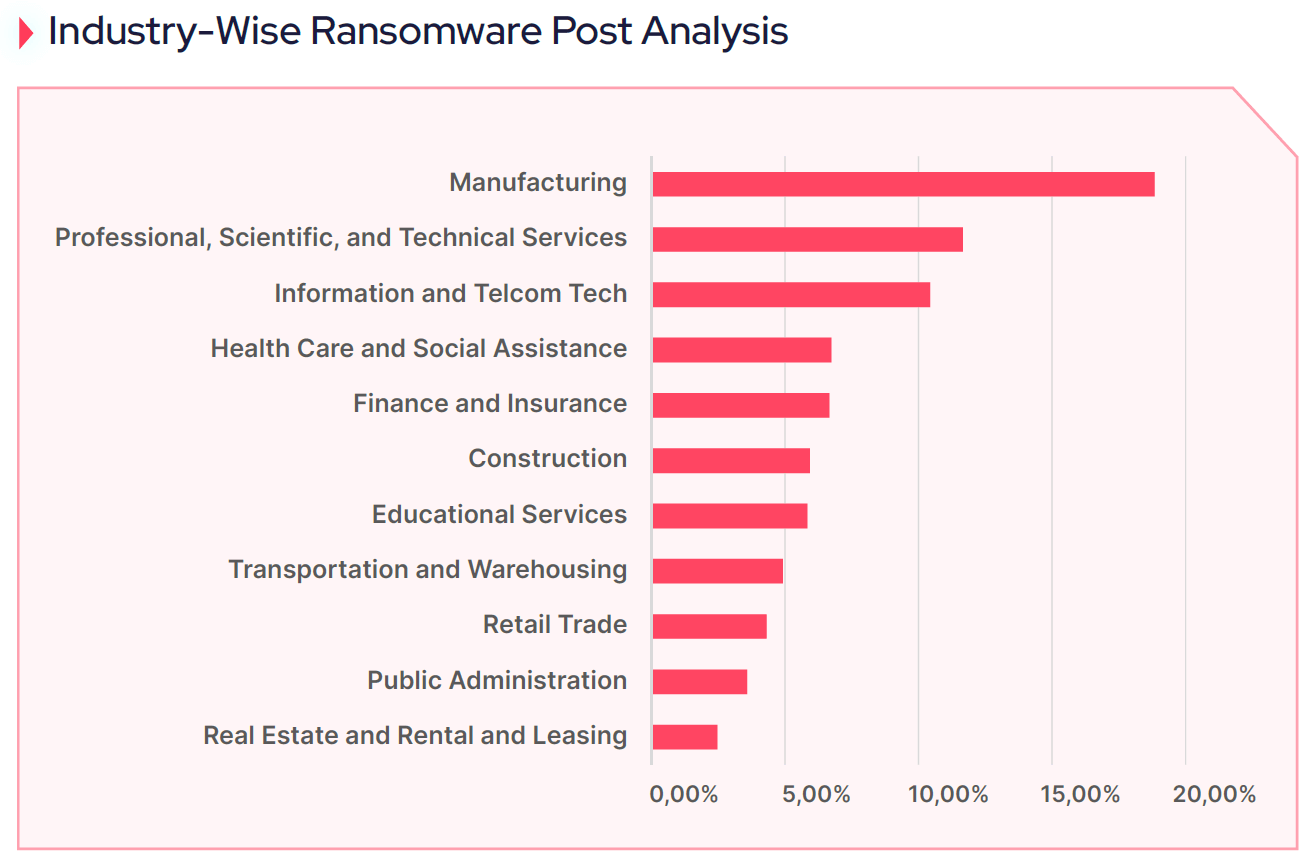
Top 10 industries targeted in ransomware-related posts on the SOCRadar Platform.
The manufacturing sector’s emergence as a prime target for ransomware attacks marks a strategic pivot by cyber criminals. This shift underlines the importance of tailored cybersecurity measures for different industries.
Analyzing the Impact
The report’s data is not just numbers; it reflects the real-world impact on businesses, economies, and lives. Understanding these patterns is crucial for developing effective defense and response strategies.
As we move into 2024, the insights from SOCRadar’s report serve as a critical tool for anticipating and countering threats. It’s a call to action for enhanced security measures, increased awareness, and more robust international cooperation.
The SOCRadar 2023 End-of-Year report is more than a summary of past events; it’s a guide to navigating the future of cybersecurity. By understanding these trends and patterns, we can collectively strengthen our defenses against the ever-evolving threats.
Read the full report here.





























